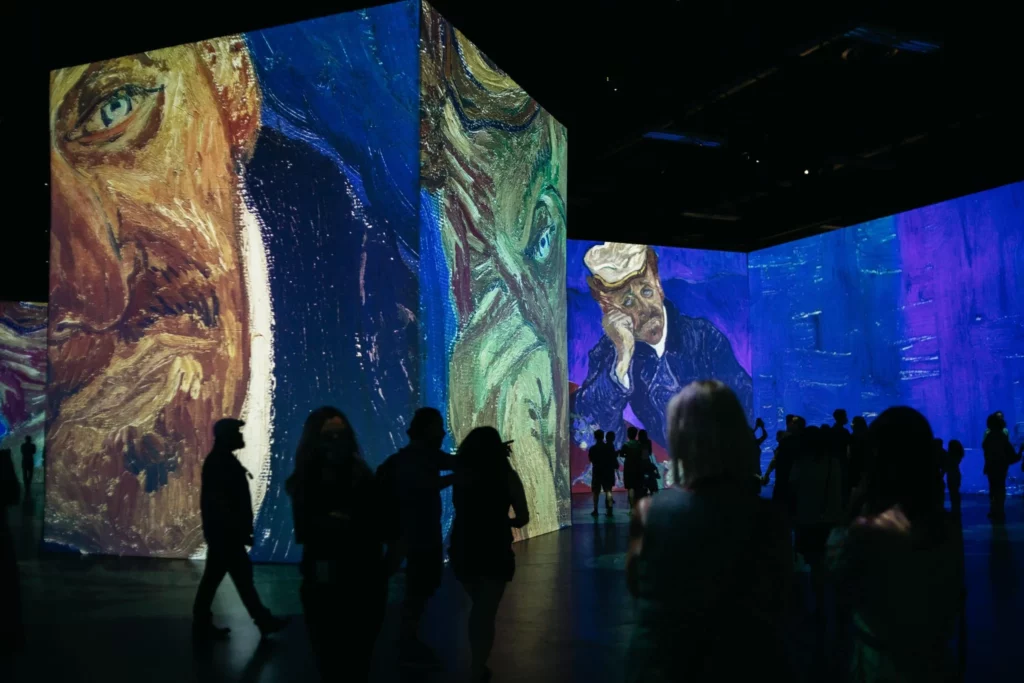Museums are a place where we go to learn and appreciate art and history. The lighting in a museum plays an important role in enhancing the visitor’s experience. It is not just about illuminating the artwork but also about creating an atmosphere that suits the exhibit. In this article, we will discuss everything you need to know about museum lighting.
Types of Museum Lighting
There are four main types of museum lighting: ambient lighting, accent lighting, task lighting, and emergency lighting.
Ambient lighting is the general lighting that provides overall illumination throughout the museum. This type of lighting should be uniform and consistent so that visitors can easily move around the space without any difficulty.
Accent lighting is used to highlight specific works of art or objects in the museum. This type of lighting is usually brighter than ambient lighting and is intended to draw attention to certain pieces.
Task lighting is used for specific tasks, such as reading labels or inspecting small details on an object. This type of lighting should be adjustable and directed precisely to avoid glare or shadows.
Emergency lighting is essential in case of power outages or other emergencies. It is usually low-level lighting that allows visitors to evacuate the museum safely.
Light Sources
The light sources used in museum lighting can be divided into two main categories: natural light and artificial light.
Natural light is a great way to illuminate art and artifacts because it closely resembles the lighting conditions in which they were originally created. However, natural light can be difficult to control, and exposure to sunlight can cause damage to some materials over time.
Artificial light is the most common type of lighting used in museums because it is easier to control and can be adjusted to create specific effects. There are several types of artificial light sources, including incandescent, fluorescent, LED, and fiber optic.
Incandescent lights are warm and have a yellowish tone. They are not commonly used in museums anymore due to their high energy consumption and short lifespan.
Fluorescent lights are energy-efficient and have a longer lifespan than incandescent bulbs. However, they emit a blueish tone that can make colors appear washed out.
LED lights are becoming more popular in museums due to their high energy efficiency, long lifespan, and ability to produce a wide range of colors. They also emit very little heat, making them ideal for use with sensitive materials.
Fiber optic lighting is another option for museum lighting. It uses small, flexible cables to transmit light to specific locations, allowing for precise control of the light source.
Lighting Design
The design of museum lighting is an important consideration when planning an exhibit. The lighting should be tailored to the specific needs of each artwork or object on display. Here are some factors to consider when designing museum lighting:
Color Temperature: The color temperature of the light source can affect the appearance of the artwork. Warm light (yellowish tones) can enhance the warmth of certain colors, while cooler light (bluish tones) can make colors appear more vibrant.
Intensity: The intensity of the light source should be adjusted depending on the sensitivity of the artwork. Some materials, such as textiles and paper, are more susceptible to damage from light, so lower intensity lighting is recommended.
Direction: The direction of the light source can create different effects. Direct lighting can create strong shadows and highlights, while indirect lighting can create a softer, more diffuse effect.
Placement: The placement of the light source should be carefully considered to avoid glare or shadows. Light sources should be positioned at an angle that provides even illumination without causing any unwanted reflections.
Conclusion
Museum lighting plays an important role in enhancing the visitor’s experience by creating an atmosphere that suits the exhibit. There are several types of lighting sources and designs to choose from, and each exhibit should be tailored to the specific needs of the artwork or object on display. By considering the color temperature, intensity, direction, and placement of the light source, museum curators can create a lighting design that enhances the beauty of the artwork while preserving its integrity for future generations to appreciate.
